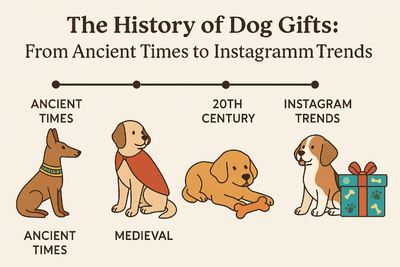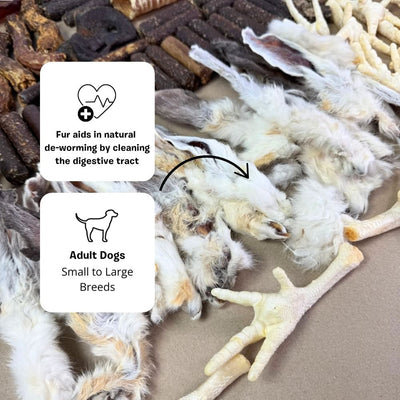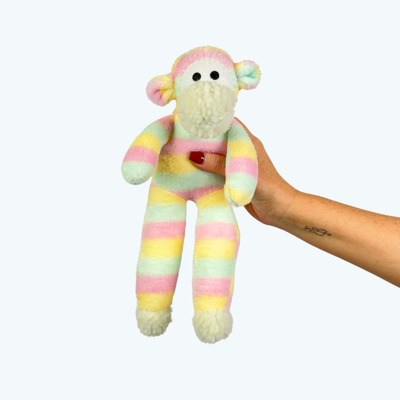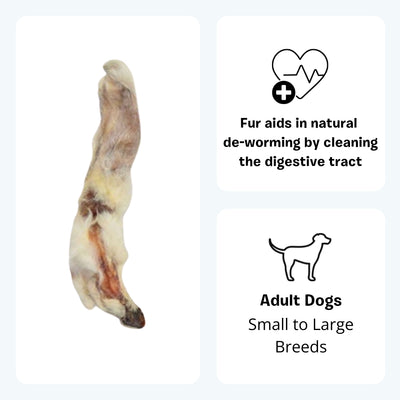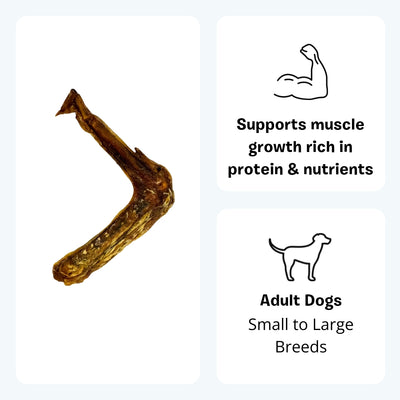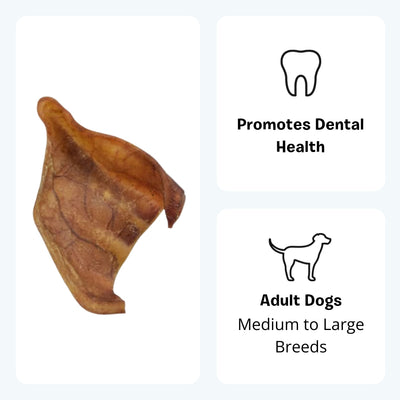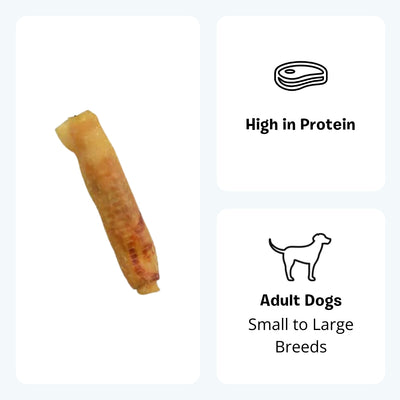The big question ‘is my dog ill?’ is a tricky one but I aim to cover some of the signs in this latest post. All dogs are different and they can all react to illness in different ways. The best person to recognise changes in a dog’s behaviour is you, the owner. Keeping an eye on how a dog behaves day to day and then noticing a change in this behaviour, or routine, is key to spotting potential issues with health early on. If an issue is spotted early and then diagnosed quickly treatment can begin. Quick diagnoses and subsequent treatment is far more likely to have a successful outcome, just as it is with humans.
How can you spot early the early signs?
Dogs often make their discomfort obvious by limping and/or yelping when they are handled or even as they move. This is easy to spot and should be acted on quickly. There are however more subtle physical signs that you as an owner should be aware of and actively look out for. Here are some of the major signs to look out for:
- Unusual discharge from the nose or eyes.
- Respiratory issues such as coughing or heavy panting not associated with exercise.
- Excessive scratching and hair loss outside of normal malting/shedding.
- A noticeable and sudden change in eating and drinking habits.
- Unwillingness to exercise
Furthermore, keeping track of dogs toilet habits is a useful tool for spotting illness. Once you know the normal habits of your dog it is then easy to spot things like changes in frequency, amount, or appearance of faeces or urine and these can be very useful early signs of sickness.
The physical signs
One more physical sign to be aware of is vomiting. Vomit can give you an early warning of something more sinister but it is worth remembering that it is not always a problem. Dogs are scavengers and have a clever system to protect from toxic or rotting food; their vomit reflex is extremely active so that they can quickly remove anything of a toxic nature from their bodies.
Catching the more subtle signs…
Not all signs of sickness or health issues are physical and indeed may be more subtle. As a dog owner, you should always be looking out for significant and visible/audible changes in behaviour and temperament. A good example of this is when dogs become unusually aggressive for no obvious reason.
A final point worth mentioning the health of dogs and spotting issues is weight. As previously delineated dogs are scavengers and as such will eat anything that is in front of them as their natural instinct tells them never to know when they might find food again. Weight issues affect dogs much like humans and can lead to an array of different issues and health problems.
Keeping an eye on your dog’s weight can be difficult to do as changes are slow day to day but mount up over time. As such, we recommended that you regularly weigh your dog and keep a track of weight in order to notice any large jumps. Those with very big dogs may find it difficult to weigh them at home if this is the case just take them to a local vet who should be happy to help. If your dog does become overweight a combination of gradual increases in exercise and cutting down food should be enough, although obesity may require a move to low-fat diets as well as increases in exercise.
Hopefully, this short guide has given you some easy tips and advice for keeping an eye on your dog’s health. Stay healthy.






